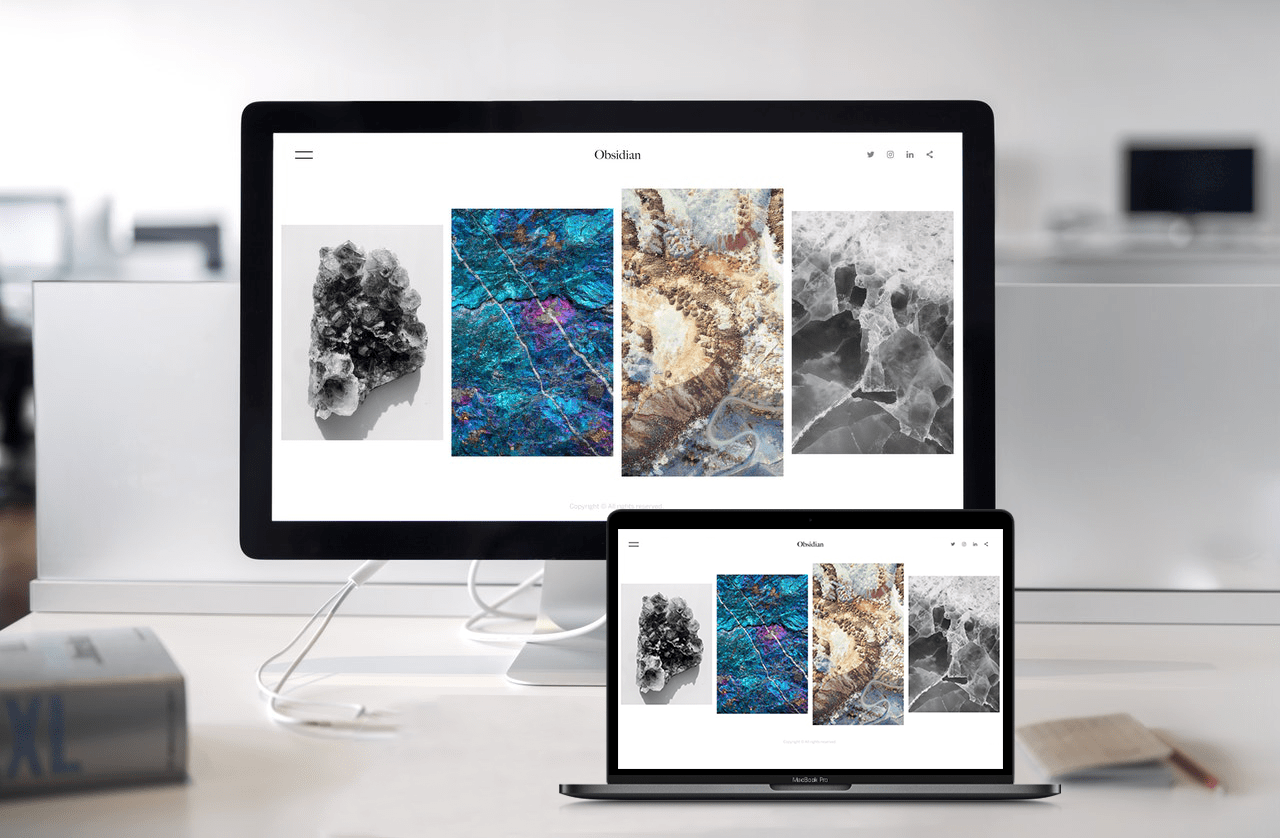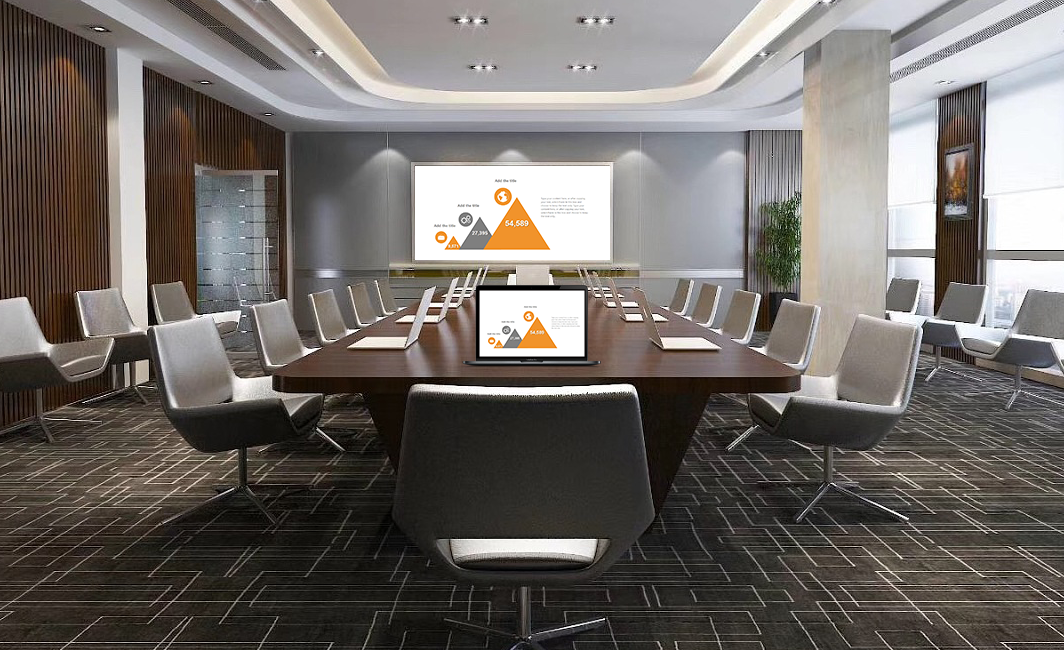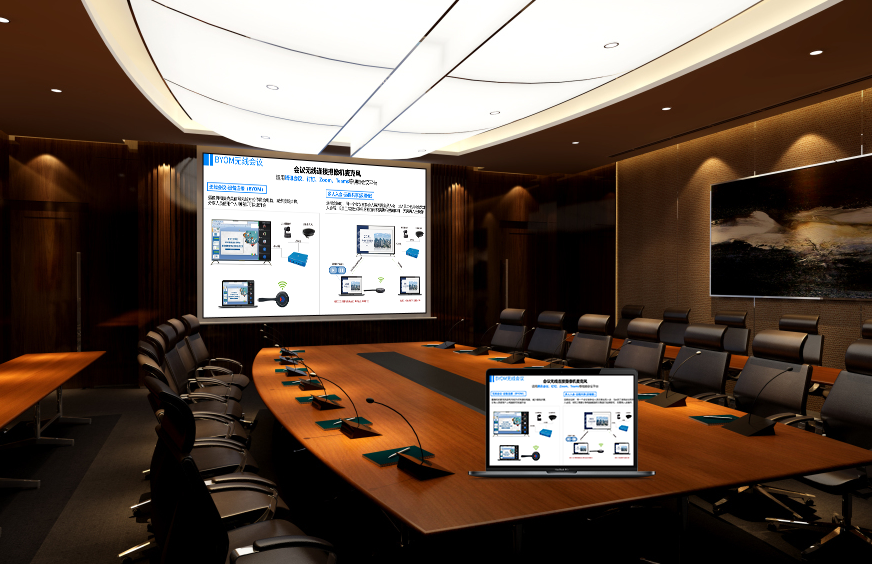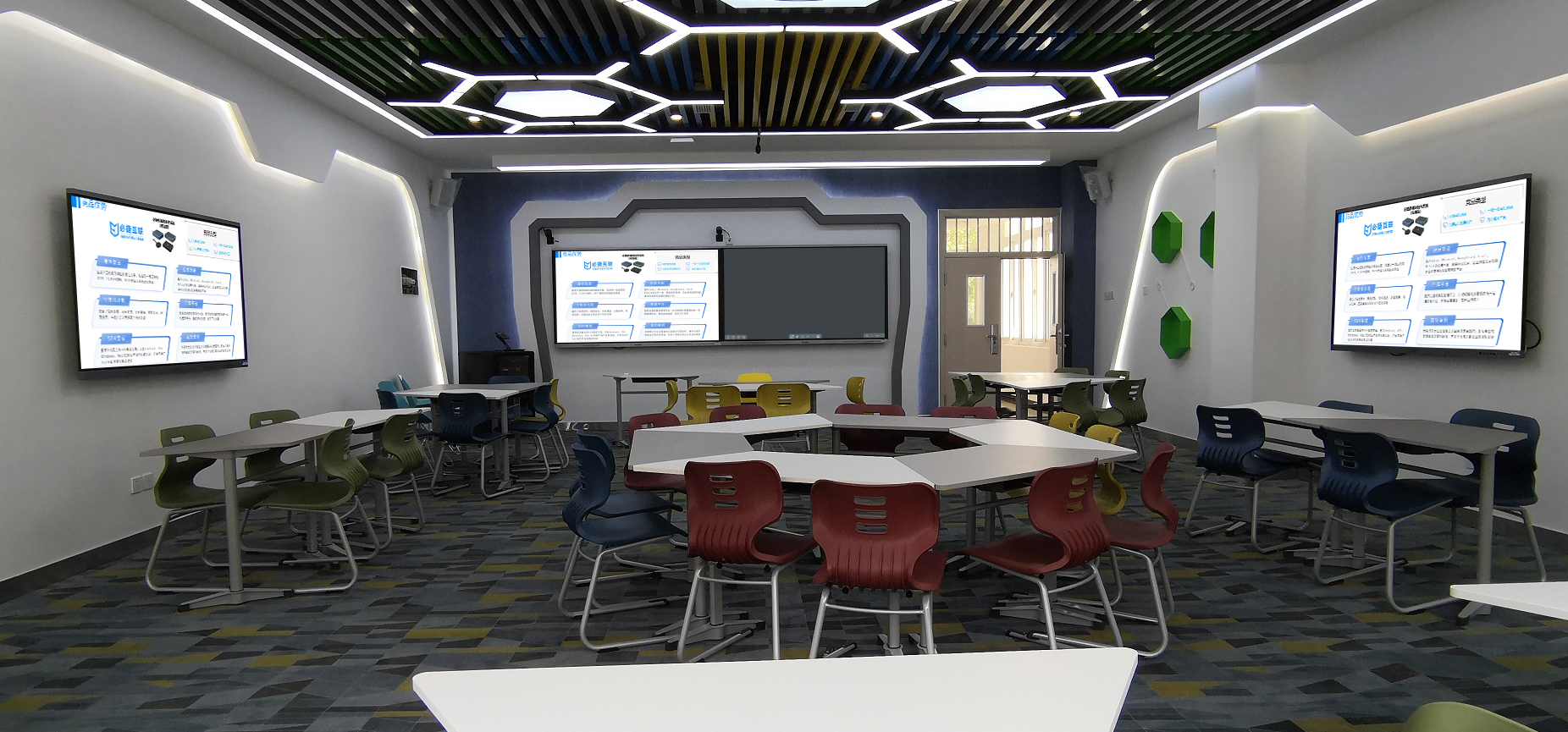Wireless Screen Mirroring: Freeing Device Interconnection from Cable Constraints
Wireless screen mirroring technology, centered on cordless connectivity, breaks down the physical limitations of device connections. Through stable transmission performance, broad device compatibility, and rich interactive features, it reshapes collaboration models in offices, education, and meetings, making content sharing more efficient and interactions more in-depth.
I. Multi-Protocol Compatibility: Seamless Connection Across All Devices
It supports mainstream screen mirroring protocols like AirPlay, Miracast, WiDi, and DLNA, covering all operating systems: iOS, Android, Windows, and macOS. Photos from an Apple phone, documents from an Android tablet, PPTs from a Windows PC, and design files from macOS can all be quickly mirrored to a large screen through the same system, regardless of device brand or system differences. In cross-departmental collaboration meetings, an Android phone from marketing, a Windows PC from tech, and a Mac laptop from design can all connect simultaneously, with their respective content displayed orderly on the large screen. Device compatibility is no longer a barrier to collaboration.
II. Dual-Mode Transmission: Stable Across Diverse Scenarios
(I) LAN Screen Mirroring
Devices can achieve screen mirroring by connecting to the same Wi-Fi network, ideal for long-term use in fixed locations. In a meeting room, employees’ computers and phones can connect to the large screen anytime for proposal presentations. In a classroom, teachers’ courseware and students’ assignments can be quickly mirrored via the LAN, meeting daily teaching needs. The transmission process is stable; even with multiple devices connected simultaneously, the picture remains fluid, avoiding lag.
(II) Hotspot Direct Connection Mirroring
In temporary, network-free scenarios (like outdoor exhibitions or mobile meetings), the system automatically generates a dedicated hotspot. Devices can connect by scanning a QR code or entering a password, completing pairing in 3 seconds. At a temporarily set up event, staff can connect their laptops to the hotspot to mirror product videos to a portable large screen, attracting passersby. During outdoor team-building activities, phones can connect to the hotspot to mirror photos and videos to a projector, allowing everyone to collectively relive highlights without relying on an external network.
III. High Definition and Low Latency: Flawless Content Presentation
It supports 4K high-definition image transmission, with clearly visible details and true-to-life color reproduction. When playing videos, audio and video are precisely synchronized with no delay. When displaying detailed content like design drafts and engineering drawings, lines and text are clearly legible, meeting the demands of professional settings. Furthermore, transmission latency is controlled within 80ms. In scenarios highly dependent on timeliness, such as game mirroring and live presentations, operation commands synchronize with the large screen, providing a smooth experience.
IV. Upgraded Interactive Features: From One-Way Display to Two-Way Collaboration
(I) Reverse Control
The large screen can reverse-control the connected device. In meetings, you can use the large screen’s touch interface to flip through PPT slides on a computer and annotate key points in documents on a phone. When teaching, the teacher can directly modify student assignments submitted from tablets on the classroom’s large screen, with changes synchronizing in real-time to the student’s device, making interaction more convenient and efficient.
(II) Multi-Device Switching and Split-Screen
It supports 8 devices connecting simultaneously and allows for rapid, fluid, and lag-free switching of mirrored content. In group discussions, each group’s device can take turns mirroring their results, with quick switching saving time. Content from multiple devices can also be displayed in a split-screen format on the large screen for easy comparative analysis. For example, in a market analysis meeting, sales data from different regions can be presented in a split-screen view on the large screen, making differences clear at a glance for quick decision-making.
V. Scenario Applications: Enhanced Efficiency Across Multiple Fields
(I) Office Meetings
In traditional meetings, complicated device connections and time-consuming content switching impact efficiency. With wireless screen mirroring, attendees can cast their materials anytime. Through reverse control and split-screen functions, proposals can be discussed and modified quickly, shortening meeting time by 40% and significantly boosting decision-making efficiency.
(II) Classroom Teaching
Teachers’ courseware and videos can be wirelessly mirrored to the classroom’s large screen for clearer viewing by students. Students can also mirror their assignments and ideas for display, facilitating interactive communication with teachers and classmates. Interactive content like quizzes and annotations can be mirrored in real-time, increasing student engagement and making teaching more targeted.
(III) Exhibition Displays
At exhibitions, staff can connect their phones or laptops to the wireless screen mirroring system to project product introductions and demonstration videos onto a large screen, attracting audience attention. When a client inquires, relevant materials can be quickly switched for explanation, making presentations more flexible and enhancing the client experience.
Wireless screen mirroring technology breaks the shackles of cables, achieving efficient device interconnection and smooth content flow. Combined with rich interactive functions, it transforms collaboration from a one-way display to two-way co-creation, providing strong support for efficient work and learning in various fields.